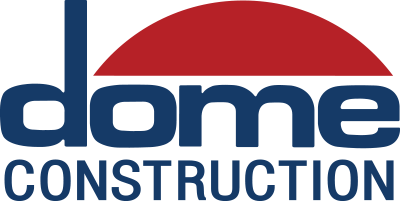Dome insights
The Power of Rhythm

Dome Insights is 100% HGC (Human Generated Content) where we explore various topics, from personal and professional growth to the intricacies of construction, including cutting-edge technology and industry best practices.



😰 Overwhelmed?
🥵 Constantly Fire-Fighting?
😵 Playing a game of whack-a-mole?
😖 Missing critical project milestones?
🏃 Every week a constant sprint?
🫣 Project controlling you?
🤯 On the brink of a meltdown?
The answer to all these questions was an unequivocal yes for me when I first entered the role of Project Manager. After six months of exhaustion, I was beginning to wonder if the construction industry was for me. At that moment, my boss asked me to manage a project 400% larger. My response, “No Way… I’m about to quit!”
He responded, “You know WHAT to do, and you know HOW to do it. You just don’t know WHEN to do it.”
I thought everything was urgent, and eventually, everything became urgent. I was just processing for the sake of processing like Lucy trying to wrap chocolates.
He agreed to spend several months helping me set the next project in motion. He helped me standardize and compartmentalize every activity into daily, weekly, and monthly blocks.
Every day I was to start by identifying the top three things that had to get done that day. I created blocks of processing time and focused on one task at a time. At day’s end, I reflected and cleaned up my task list, then looked ahead to the next day. Then I “shut it down.”
Each day of the week was earmarked for things that had to happen weekly that revolved around three key meetings: Owner/Arch/Contractor, Trade Partner, and Internal Dome Team (the most important of the three). Monday looked the same, Tuesday the same…
Particular weeks of the month were earmarked for things that only needed to happen once per month, like processing subcontract change orders in support of a monthly invoice. This allowed us to more efficiently batch process those items.
The rigidity of blocking time afforded us the freedom to NOT do something in the moment because we knew there was a prescribed time to do it later. The team went from reactive to proactive.
Twelve months later, the project was a huge success, and I felt completely in control of my life.
This framework to orchestrate all the moving parts and maintain flow of information came to be known as “Project Rhythm.” It blends tactical execution with strategic thinking. It provides space for important but non-urgent activities.
As the hub of project execution, when the GC is in rhythm, the trade partners naturally fall into the groove as well – like conducting a symphony. Rhythm promotes predictability and alignment with the entire team.
Being in Rhythm has become synonymous with being in control.
Are you in Rhythm these days?

